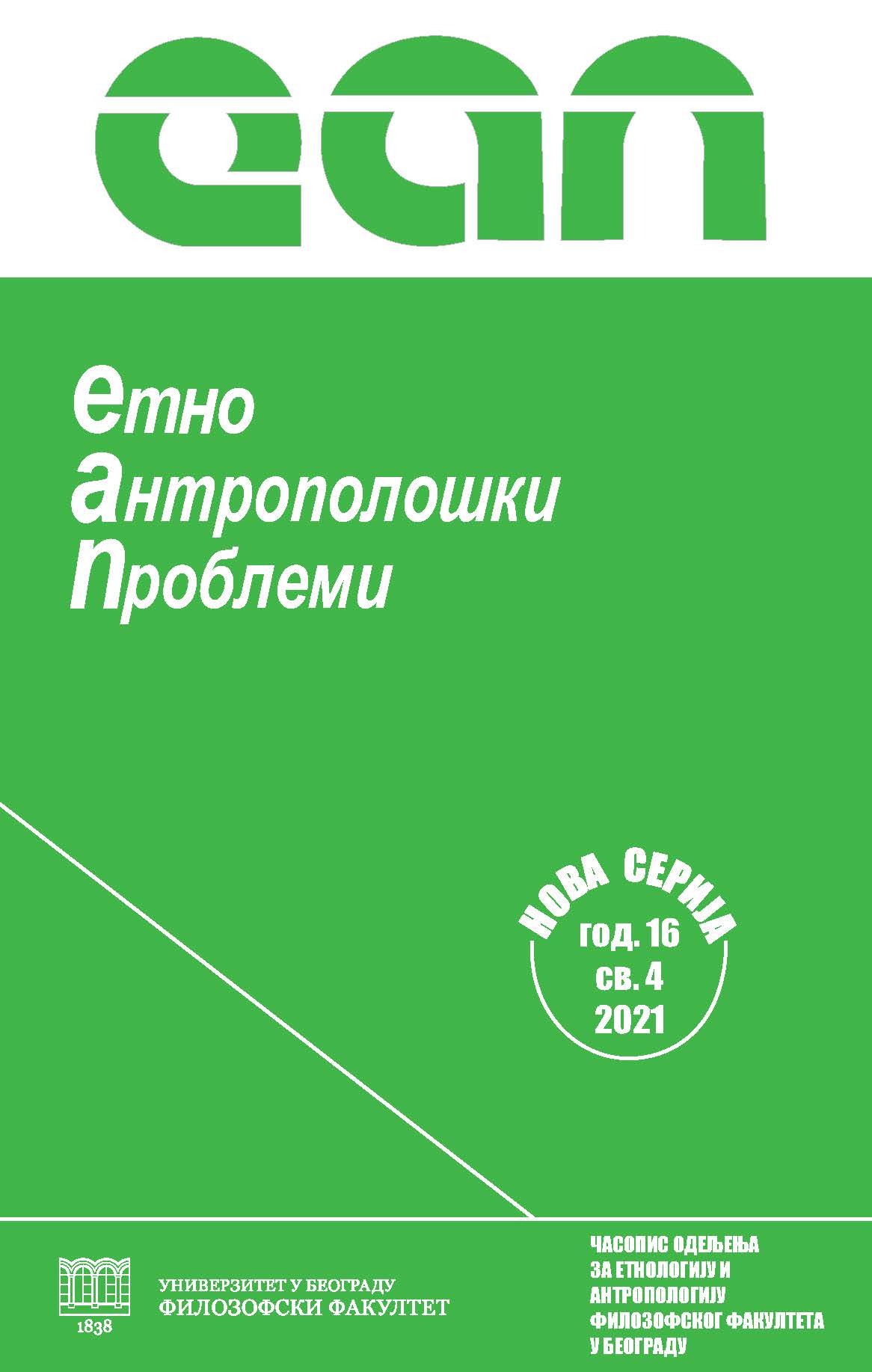The Cultural Dimension of SLA:Attitudes of Philological and Non-Philological Learners to English Language Speakers
The Cultural Dimension of SLA:Attitudes of Philological and Non-Philological Learners to English Language Speakers
Author(s): Jelena GruborSubject(s): Foreign languages learning
Published by: Филозофски факултет, Универзитет у Београду
Keywords: attitudes to TL speakers;Bogardus Social Distance Scale (BSDS); English as a foreign language (EFL); philological (Phil) and non-philological (Non-Phil) groups; social distance; TL culture and speaker
Summary/Abstract: Attitudes towards target language (TL) speakers present an aspect pertaining to the cultural dimension of learning a foreign language. Consequently, the main goals of the study were to determine the participants’ attitudes towards the British and Americans, and the degree of social distance the participants felt towards these groups by comparing evaluations of their willingness to identify with TL and L1 speakers. The participants included in the study (N=239) represented two age groups (secondary and tertiary students), and two educational profiles: philological (Phil) and non-philological (Non-Phil) groups. The main research instruments were an adapted Bogardus Social Distance Scale, which showed good internal consistency on all the subscales, and an English language contact scale, whose aim was to test the participants’ actual interaction with the target language speakers (the length of stay in a TL community, potential mobility via school/university exchange programmes). The main finding suggests that Phil groups, being more familiar with the TL culture, evaluated its speakers much more positively and were generally more willing to identify with TL members, even at the most intimate level (spouse). Accordingly, the practical implications would be to encourage foreign language teachers to keep acquainting learners with different cultural elements and work towards fostering positive attitudes to the TL and its culture. What our study has failed to determine, though, is whether the actual contact with real, flesh-and-blood people in contrast to indirect contact with ‘imaginary TL speakers’ that are the product of one’s perception makes a difference in attitudes.
Journal: Етноантрополошки проблеми
- Issue Year: 16/2021
- Issue No: 4
- Page Range: 1207-1227
- Page Count: 21
- Language: English

